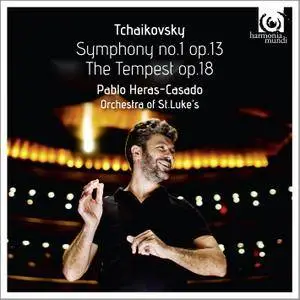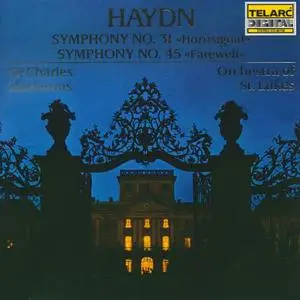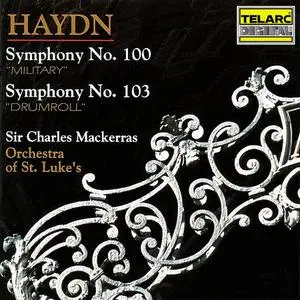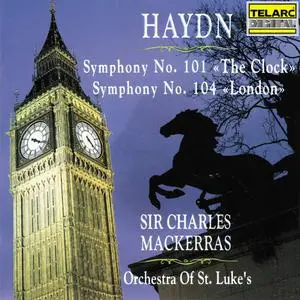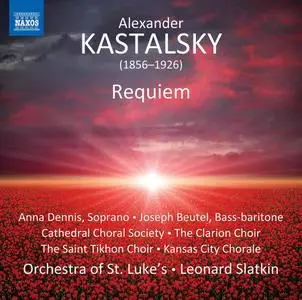Tchaikovsky: Symphony No. 1 'Winter Daydreams' Op. 13; The Tempest Op. 18 (2016)
Orchestra of St. Luke's; Pablo Heras-Casado, conductor
EAC | FLAC | Image (Cue&Log) ~ 286 Mb | Mp3 (CBR320) ~ 159 Mb | Artwork included
Genre: Classical | Label: Harmonia Mundi | # HMC902220 | Time: 01:08:20
Orchestra of St. Luke's; Pablo Heras-Casado, conductor
EAC | FLAC | Image (Cue&Log) ~ 286 Mb | Mp3 (CBR320) ~ 159 Mb | Artwork included
Genre: Classical | Label: Harmonia Mundi | # HMC902220 | Time: 01:08:20
Pablo Heras-Casado enjoys an unusually varied conducting career—encompassing the great symphonic and operatic repertoire, historically informed performance and cutting-edge contemporary scores. He has served as Principal Conductor of Orchestra of St. Luke’s since 2011, now extended to September 2017. OSL began as a chamber ensemble based at The Church of St. Luke in the Fields in Greenwich Village. Today, St. Luke’s Chamber Ensemble consists of 21 virtuoso artists who perform a diverse repertoire and make up OSL’s artistic core. harmonia mundi are proud to release OSL's debut album for the label featuring two of Tchaikovsky's earliest notable works, both of which are dramatic and vibrant: Symphony No. 1, 'Winter Dreams' and 'The Tempest', a sprawling and turbulent seascape.



